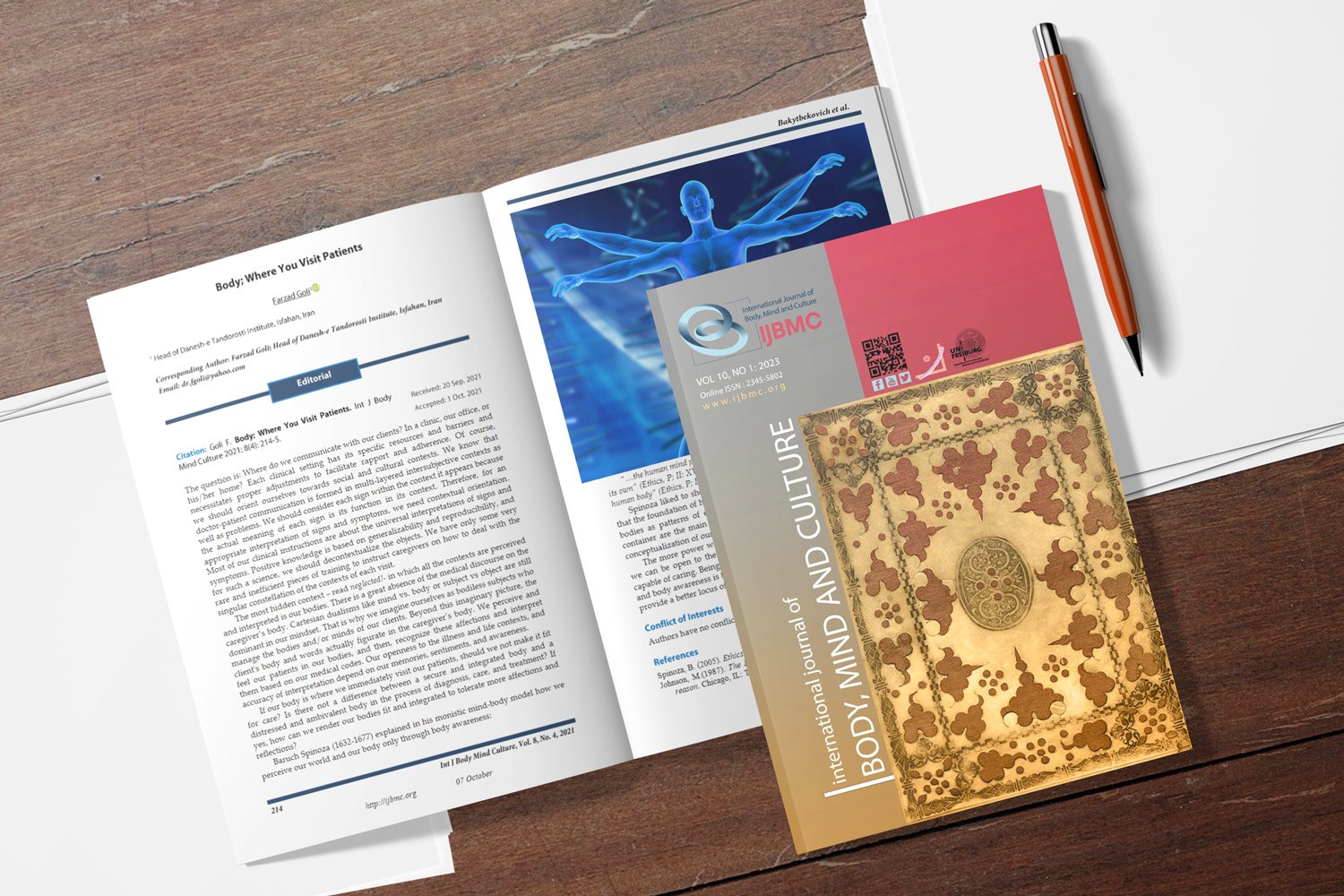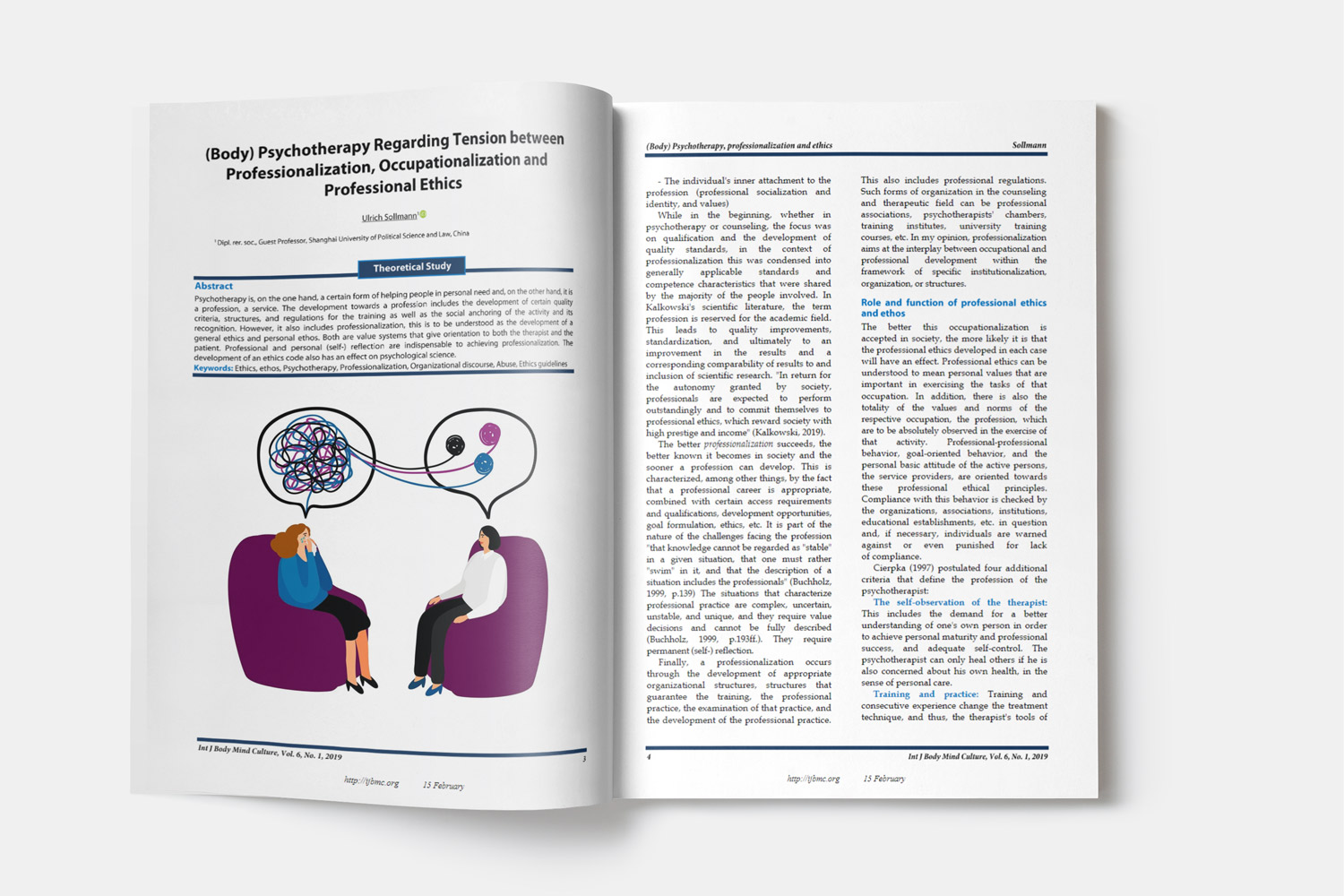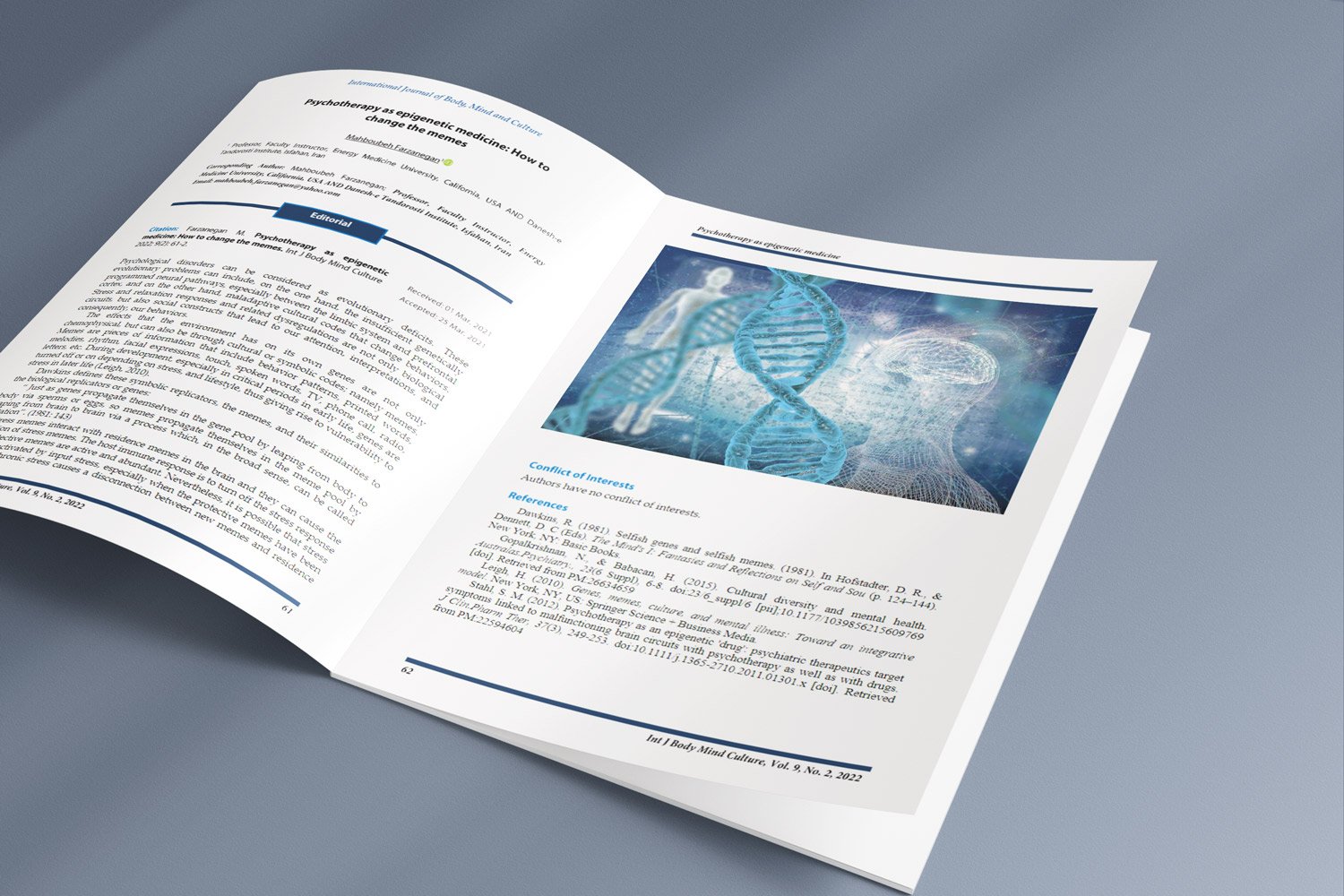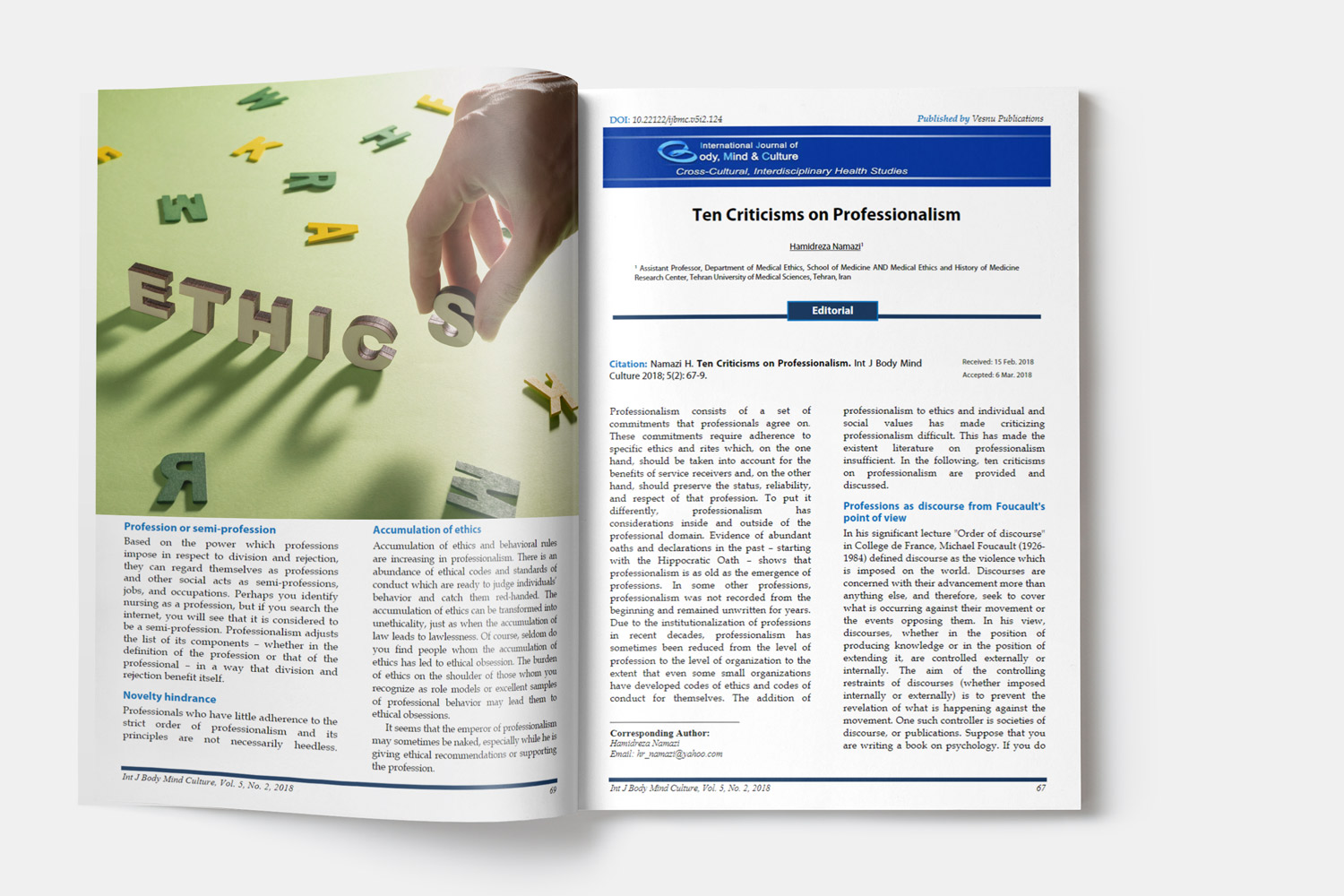Solitary Rectal Ulcer Syndrome: A Biopsychosocial Assessment
Downloads
Background: Solitary rectal ulcer syndrome (SRUS) is a chronic disorder of the gastrointestinal tract and its etiology is not well understood. There is no specific treatment for this syndrome and patients with SRUS may, for years, experience many complications. The aim of the present research was the biopsychosocial study of patients with SRUS.
Methods: The study participants consisted of 16 patients with SRUS (7 men and 9 women). Their medical records were reviewed retrospectively to evaluate the clinical spectrum of the patients along with the endoscopic and histological findings. Moreover, psychiatric and personality disorders [based on Diagnostic and Statistical Manual of Mental Disorders, 4th ed, Text Revision (DSM IV-TR)], psychosocial stressors, early life traumas, and coping mechanisms were assessed through structured interviews.
Results: At presentation, mean age of the patients was 39 years (16 to 70). Common symptoms reported included rectal bleeding (93.8%), rectal self-digitations (81.2%), passage of mucous (75%), anal pain (75%), and straining (75%). Endoscopically, solitary and multiple lesions were present in 9 (60%) and 4 (26.7%) patients, respectively, and 87% of lesions were ulcerative and 13.3% polypoidal. The most common histological findings were superficial ulceration (92.85%) and intercryptic fibromuscular obliteration (87.71%). Common psychosocial findings included anxiety disorders (50%), depression (37.5%), obsessive-compulsive personality disorder (OCPD) or traits (62.5%), interpersonal problems (43.75%), marital conflicts (43.75%), occupational stress (37.5%), early life traumas, physical abuse (31.25%), sexual abuse (31.25%), dysfunctional coping mechanisms, emotional inhibition (50%), and non-assertiveness (37.5%).
Conclusion: Given the evidence in this study, we cannot ignore the psychosocial problems of patients with SRUS and biopsychosocial assessment of SRUS is more appropriate than biomedical evaluation alone.
Downloads
Abbasi, A., Bhutto, A. R., Taj, A., Aurangzaib, Baloch, A., Masroor, M. et al. (2015). Solitary Rectal Ulcer Syndrome: Demographic, Clinical, Endoscopic and Histological Panorama. J Coll.Physicians.Surg Pak, 25(12), 867-869. doi:040579197 [pii];12.2015/JCPSP.867869 [doi]. Retrieved from PM:26691359
Abid, S., Khawaja, A., Bhimani, S. A., Ahmad, Z., Hamid, S., & Jafri, W. (2012). The clinical, endoscopic and histological spectrum of the solitary rectal ulcer syndrome: a single-center experience of 116 cases. BMC Gastroenterol, 12, 72. doi:1471-230X-12-72 [pii];10.1186/1471-230X-12-72 [doi]. Retrieved from PM:22697798
Al-Brahim, N., Al-Awadhi, N., Al-Enezi, S., Alsurayei, S., & Ahmad, M. (2009). Solitary rectal ulcer syndrome: a clinicopathological study of 13 cases. Saudi J Gastroenterol, 15(3), 188-192. doi:SaudiJGastroenterol_2009_15_3_188_54749 [pii];10.4103/1319-3767.54749 [doi]. Retrieved from PM:19636181
Amaechi, I., Papagrigoriadis, S., Hizbullah, S., & Ryan, S. M. (2010). Solitary rectal ulcer syndrome mimicking rectal neoplasm on MRI. Br J Radiol, 83(995), e221-e224. doi:83/995/e221 [pii];10.1259/bjr/24752209 [doi]. Retrieved from PM:20965892
Bahadori Hesari M, Gouhari Moghadam K, Derakhshani S, & Vafaei M. (2006). Solitary rectal ulcer syndrome clinicopathological review of a series of 19 patients. Iran J Pathol, 1(2), 81-86.
Chiang, J. M., Changchien, C. R., & Chen, J. R. (2006). Solitary rectal ulcer syndrome: an endoscopic and histological presentation and literature review. Int J Colorectal.Dis, 21(4), 348-356. doi:10.1007/s00384-005-0020-6 [doi]. Retrieved from PM:16133006
Chong, V. H., & Jalihal, A. (2006). Solitary rectal ulcer syndrome: characteristics, outcomes and predictive profiles for persistent bleeding per rectum. Singapore.Med J, 47(12), 1063-1068. Retrieved from PM:17139403
Contractor, T. Q., & Contractor, Q. Q. (2003). Rectal digitation and solitary rectal ulcer. Gastrointest.Endosc., 57(2), 289-290. doi:10.1067/mge.2003.16 [doi];S0016510702001268 [pii]. Retrieved from PM:12556816
Crespo, P. L., Moreira, V., V, Redondo, V. C., Lopez San, R. A., & Milicua Salamero, J. M. (2007). ["The three-lies disease": solitary rectal ulcer syndrome]. Rev Esp.Enferm.Dig., 99(11), 663-666. Retrieved from PM:18271667
Drossman, D. A., Talley, N. J., Leserman, J., Olden, K. W., & Barreiro, M. A. (1995). Sexual and physical abuse and gastrointestinal illness. Review and recommendations. Ann Intern.Med, 123(10), 782-794. Retrieved from PM:7574197
Drossman, D. A., Li, Z., Leserman, J., Toomey, T. C., & Hu, Y. J. (1996). Health status by gastrointestinal diagnosis and abuse history. Gastroenterology, 110(4), 999-1007. doi:S0016508596001874 [pii]. Retrieved from PM:8613034
Drossman, D.A., & Chang, L. (2003). Psychosocial factors in the care of patients with GI disorders. In: Yamada T, editor. Textbook of gastroenterology. Philadelphia: Lippincott-Raven. 636-654.
Drossman, D. A., Ringel, Y., Vogt, B. A., Leserman, J., Lin, W., Smith, J. K. et al. (2003). Alterations of brain activity associated with resolution of emotional distress and pain in a case of severe irritable bowel syndrome. Gastroenterology, 124(3), 754-761. doi:10.1053/gast.2003.50103 [doi];S0016508502159816 [pii]. Retrieved from PM:12612913
Drossman, D. A. (2011). Abuse, trauma, and GI illness: is there a link? Am J Gastroenterol, 106(1), 14-25. doi:ajg2010453 [pii];10.1038/ajg.2010.453 [doi]. Retrieved from PM:21139573
El-Hemaly M, Elgeidie AA, Hamdy E, El Nakeeb A, El-hanafy E, & Atef E. (2012). Solitary rectal ulcer syndrome: new hope for the patients. Egyptian Journal of Surgery, 31(1), 36-41.
Engel, G. L. (1980). The clinical application of the biopsychosocial model. Am J Psychiatry, 137(5), 535-544. doi:10.1176/ajp.137.5.535 [doi]. Retrieved from PM:7369396
Gastroenterology and Endoscopy News. Biopsychosocial assessment important in diagnosis and management for functional GI patients. Available from: https://www.med.unc.edu/ibs/files/educational-gi-handouts/Biopsychosocial%20Assessment.pdf. Accessed 2003 May.
Kennedy, D. K., Hughes, E. S., & Masterton, J. P. (1977). The natural history of benign ulcer of the rectum. Surg Gynecol Obstet, 144(5), 718-720. Retrieved from PM:850856
Kuijpers, H. C., Schreve, R. H., & ten Cate, H. H. (1986). Diagnosis of functional disorders of defecation causing the solitary rectal ulcer syndrome. Dis Colon.Rectum., 29(2), 126-129. Retrieved from PM:3943422
Madigan, M. R., & Morson, B. C. (1969). Solitary ulcer of the rectum. Gut, 10(11), 871-881. Retrieved from PM:5358578
Martin, C. J., Parks, T. G., & Biggart, J. D. (1981). Solitary rectal ulcer syndrome in Northern Ireland. 1971-1980. Br J Surg, 68(10), 744-747. Retrieved from PM:7284739
Meurette, G., Siproudhis, L., Regenet, N., Frampas, E., Proux, M., & Lehur, P. A. (2008). Poor symptomatic relief and quality of life in patients treated for "solitary rectal ulcer syndrome without external rectal prolapse". Int J Colorectal.Dis, 23(5), 521-526. doi:10.1007/s00384-008-0445-9 [doi]. Retrieved from PM:18274765
Olden, K. W., & Drossman, D. A. (2000). Psychologic and psychiatric aspects of gastrointestinal disease. Med Clin North Am, 84(5), 1313-1327. Retrieved from PM:11026930
Sarafino EP, & Smith TW. (2014). Health Psychology: Biopsychosocial Interactions (8th ed.). New York, NY: Wiley.
Sharara, A. I., Azar, C., Amr, S. S., Haddad, M., & Eloubeidi, M. A. (2005). Solitary rectal ulcer syndrome: endoscopic spectrum and review of the literature. Gastrointest.Endosc., 62(5), 755-762. doi:S0016-5107(05)02356-4 [pii];10.1016/j.gie.2005.07.016 [doi]. Retrieved from PM:16246692
Suresh, N., Ganesh, R., & Sathiyasekaran, M. (2010). Solitary rectal ulcer syndrome: a case series. Indian Pediatr, 47(12), 1059-1061. doi:S097475590900440-2 [pii]. Retrieved from PM:20453265
Tanaka, Y., Kanazawa, M., Fukudo, S., & Drossman, D. A. (2011). Biopsychosocial model of irritable bowel syndrome. J Neurogastroenterol.Motil., 17(2), 131-139. doi:10.5056/jnm.2011.17.2.131 [doi]. Retrieved from PM:21602989
Tjandra, J. J., Fazio, V. W., Church, J. M., Lavery, I. C., Oakley, J. R., & Milsom, J. W. (1992). Clinical conundrum of solitary rectal ulcer. Dis Colon.Rectum., 35(3), 227-234. Retrieved from PM:1740066
Zhu, Q. C., Shen, R. R., Qin, H. L., & Wang, Y. (2014). Solitary rectal ulcer syndrome: clinical features, pathophysiology, diagnosis and treatment strategies. World J Gastroenterol, 20(3), 738-744. doi:10.3748/wjg.v20.i3.738 [doi]. Retrieved from PM:24574747
Copyright (c) 2016 International Journal of Body, Mind and Culture

This work is licensed under a Creative Commons Attribution-NonCommercial 4.0 International License.















